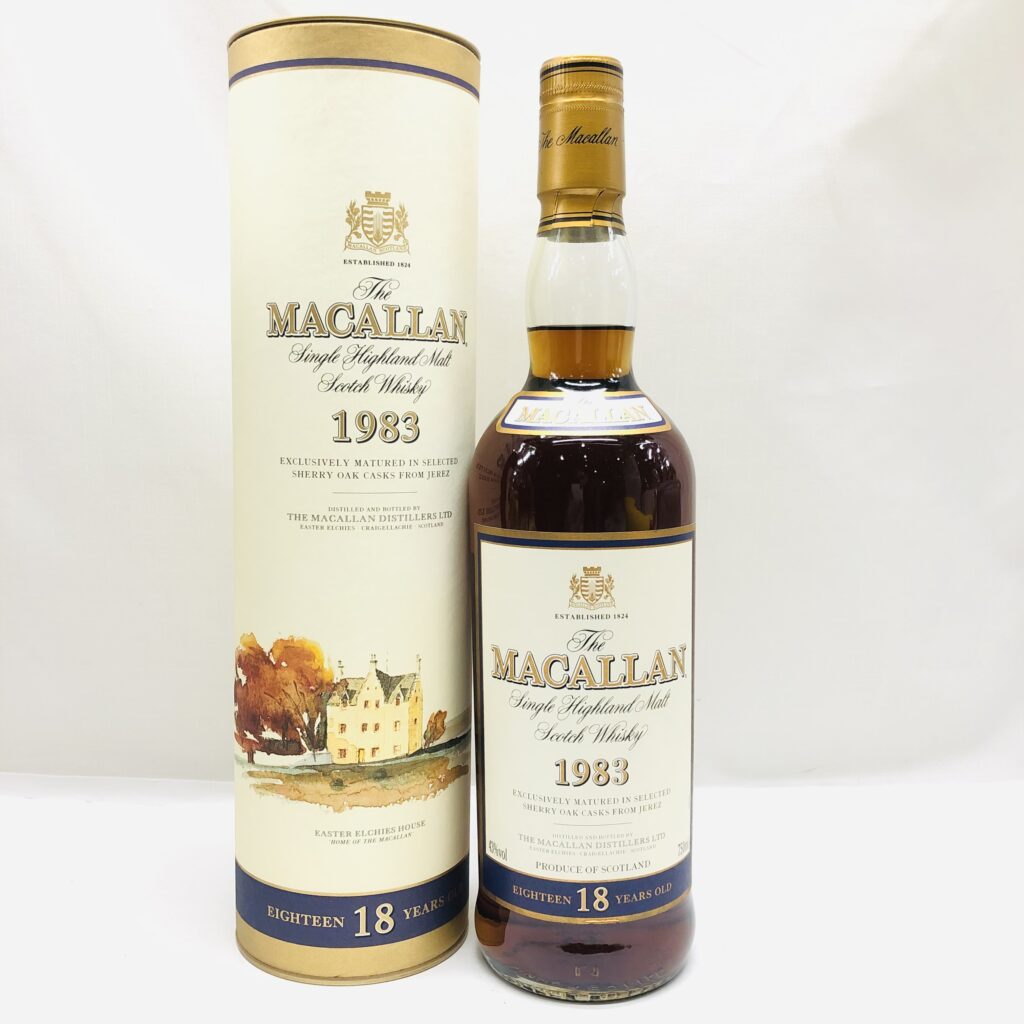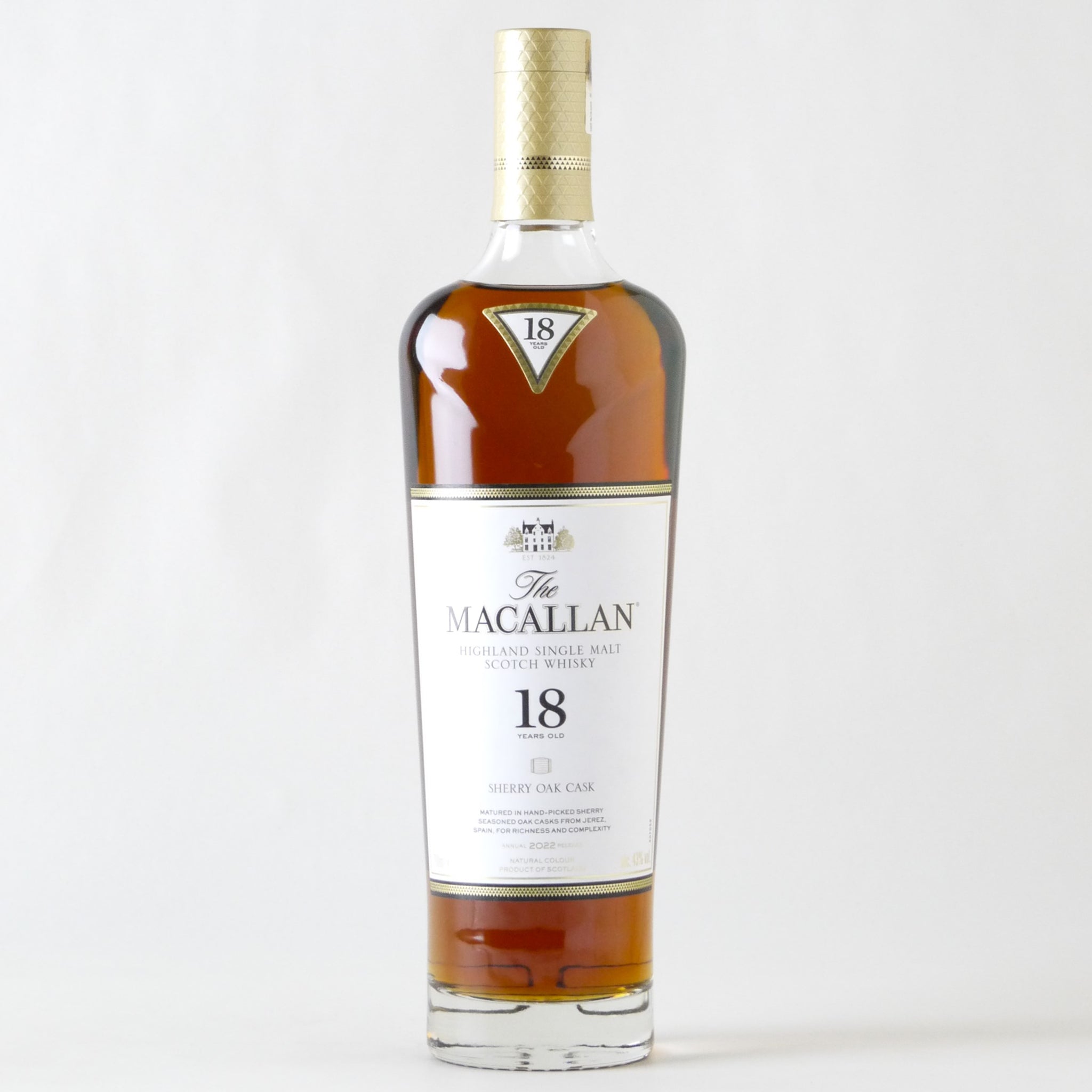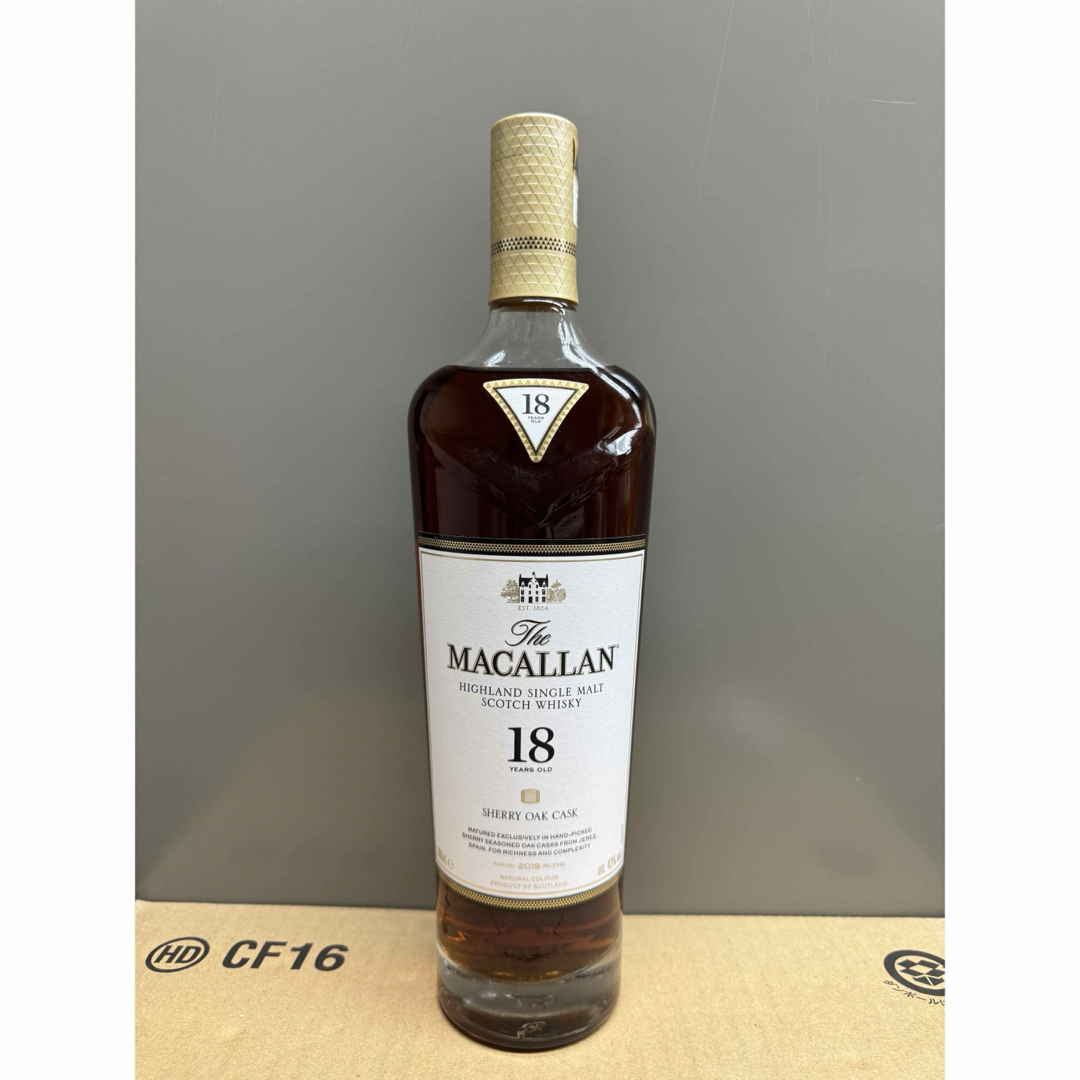
新入荷
再入荷
マッカラン18年 シェリーオークカスク
 タイムセール
タイムセール
終了まで
00
00
00
999円以上お買上げで送料無料(※)
999円以上お買上げで代引き手数料無料
999円以上お買上げで代引き手数料無料
通販と店舗では販売価格や税表示が異なる場合がございます。また店頭ではすでに品切れの場合もございます。予めご了承ください。
商品詳細情報
| 管理番号 |
新品 :16533126121
中古 :16533126121-1 |
メーカー | ca7a7c833fb403 | 発売日 | 2025-04-19 21:03 | 定価 | 43998円 | ||
|---|---|---|---|---|---|---|---|---|---|
| カテゴリ | |||||||||
































